On the 2nd of August, 2017, Imotski will mark 300 years of liberating the town from the Ottoman Empire.
This important day is celebrated each year as the day of the town and the celebration of Imotski’s patron saint – Our Lady of Angels, who people believe helped in the fight against Ottomans. In 15th to the 18th century, most of inland Dalmatia was under the rule of the Ottoman Empire and this explains why the victories against them are celebrated to this very day. One pure example is Imotski, which was liberated in 1717 – the day of liberation is also the day of the town.
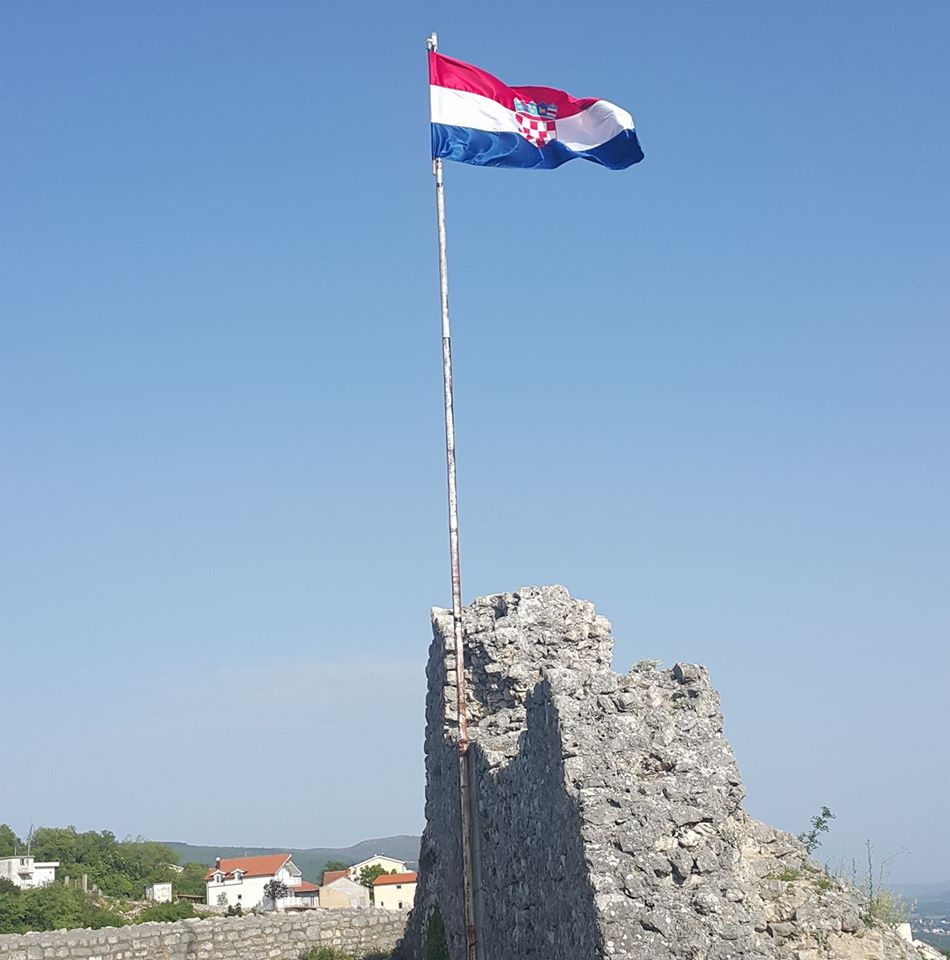
There is also Sinj, where, since 1715, Alka (UNESCO Intangible Heritage) is performed to honour the victory over the marauding Ottomans. One of the valuable historical sources regarding the liberation of Imotski from the Ottomans can be found among the papers of Alviso Mocenigo III, who wrote in Italian, his works are now in the State Archive Office in Zadar. Upon the request of the monks from Imotski, as well as merchants, Mocenigo decided to restore Imotski’s Topana fortress from the Ottomans.
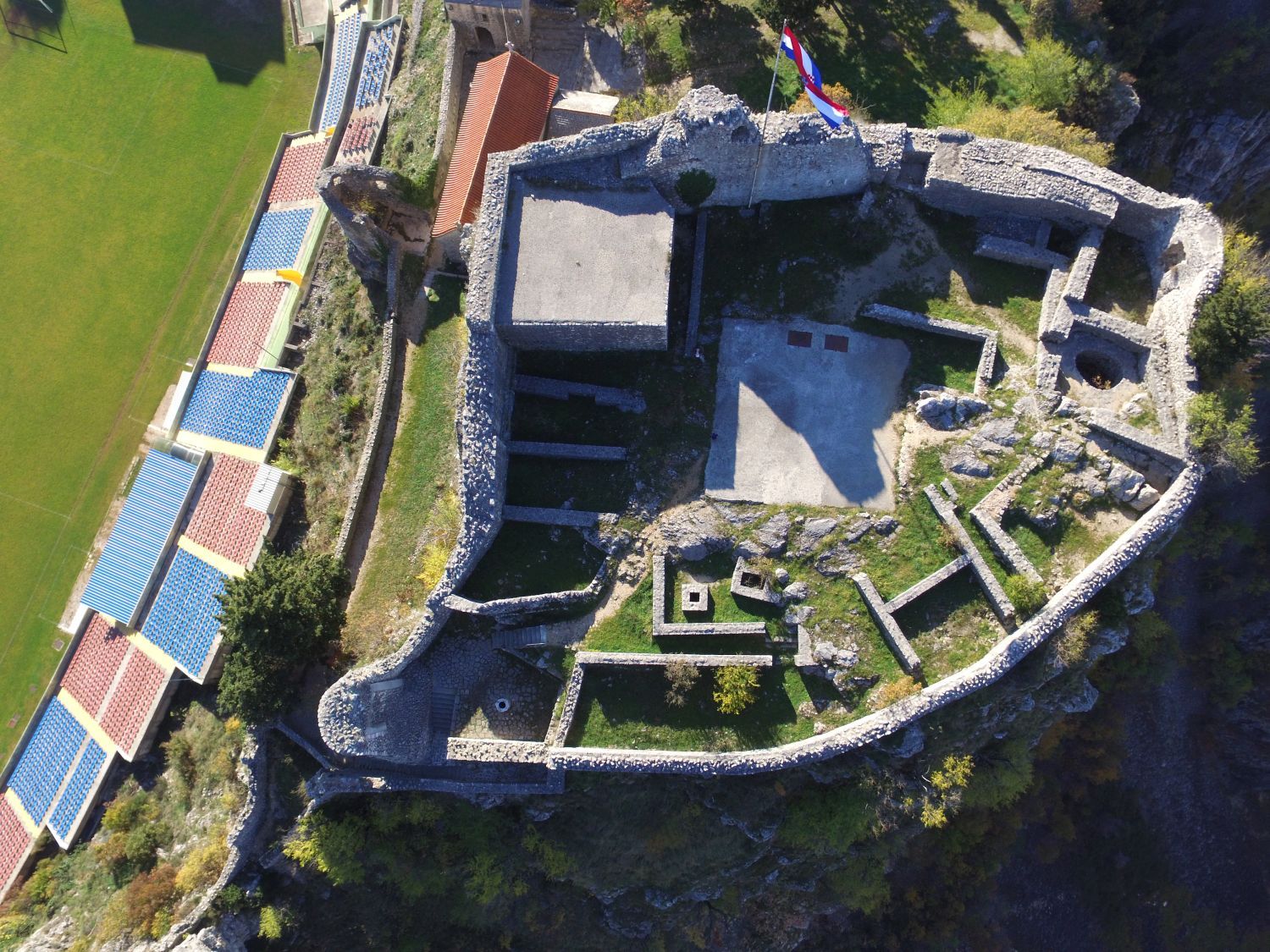
Mocenigo went with the majority of the Venetian army from Omiš on July the 23rd, 1717, his journey taking him almost three days to get to arrive in Imotski. He was commanding the attack which was announced by gunfire on July the 27th, 1717 . The Venetian army quickly took over the city centre and forced the Ottomans to retreat to Topana fortress. The Ottomans did not want to surrender as they expected reinforcement from Herzegovina and assumed the fortress to be impossible to conquer.
The invincibility of the fortress was described by Mocenigo himself in one of his reports: “It lies on the top of a cave that rises considerably above the plain, which remains in the south and is surrounded by a very deep valley at the bottom where the lake is located. The fortress is naturally inaccessible from the all sides and it can be occupied only from the south where there is a strong hillside. The natural preconditions create such a strong fortress, which does not provide access to artificial artefacts.”
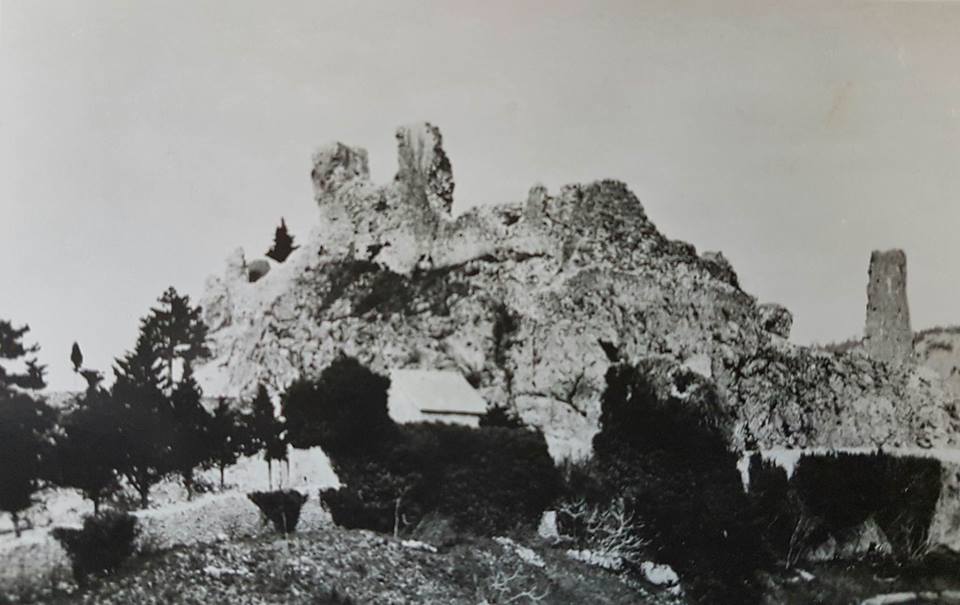
Backed by the army located around the surrounding houses and the city centre towers which were taken over by the Governor of Omiš, Ivan Zuane de Franceschi, (who gave sanctuary to a number of refugee families at his home in Pisak and led 250 recruited soldiers to Imotski before the Venetian army arrived), the defenders of Imotski – mostly local people, climbed up on each other, skipped the first bastion and, miraculously, conquered it. After this, the Ottomans retreated behind the ramparts and blocked the doors with stones.
One of the defenders, Ante Vrdoljak, first climbed on the bastion and placed the flag of St. Marco upon it. Realising that it was almost impossible to win the second row of bastions, Mocenigo asked the Ottomans to surrender once again. Meanwhile, part of the Venetian forces successfully stopped the planned Ottoman reinforcements from Herzegovina. After the Venetians destroyed the Ottoman reinforcement and the mines caused enough damage to the fortification, the Ottomans decided to surrender on August the 1st, 1717. These military defeats forced the Ottomans to agree to peace in Požarevac in 1718. The Venetians lost the Peloponnese and Crete, but in Dalmatia their possessions expanded to Imotski and the Cetina valley (Acquisto nuovissimo), creating a new Line of Mocenigo.
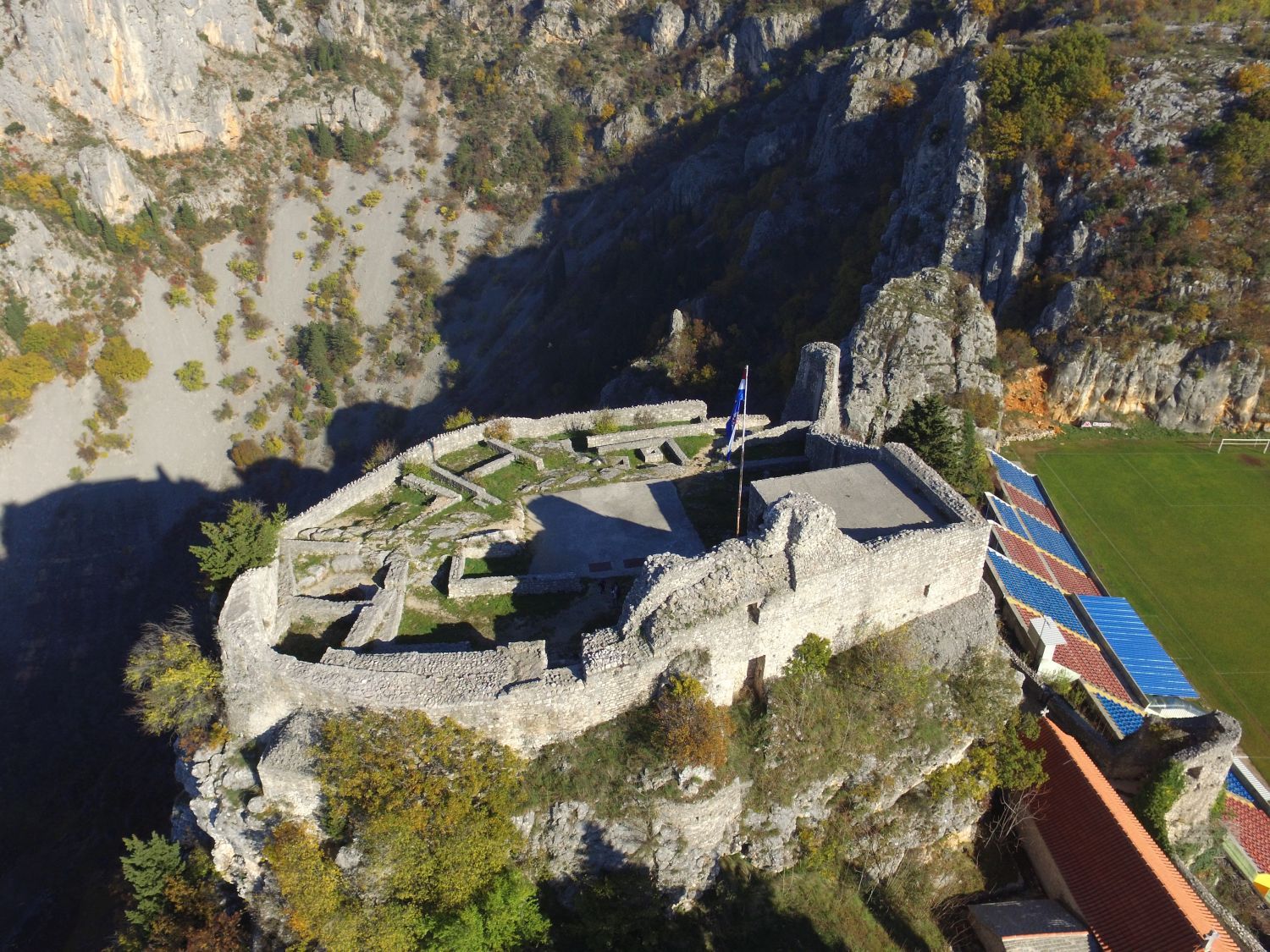
The Venetian-Ottoman border established by the Požarevac peace agreement remains as the border between the Republic of Croatia and Bosnia and Herzegovina in the modern day. According to the legend, a cannon ball was fired from Topana and it determined todays state border, which lies about 5km from Imotski.
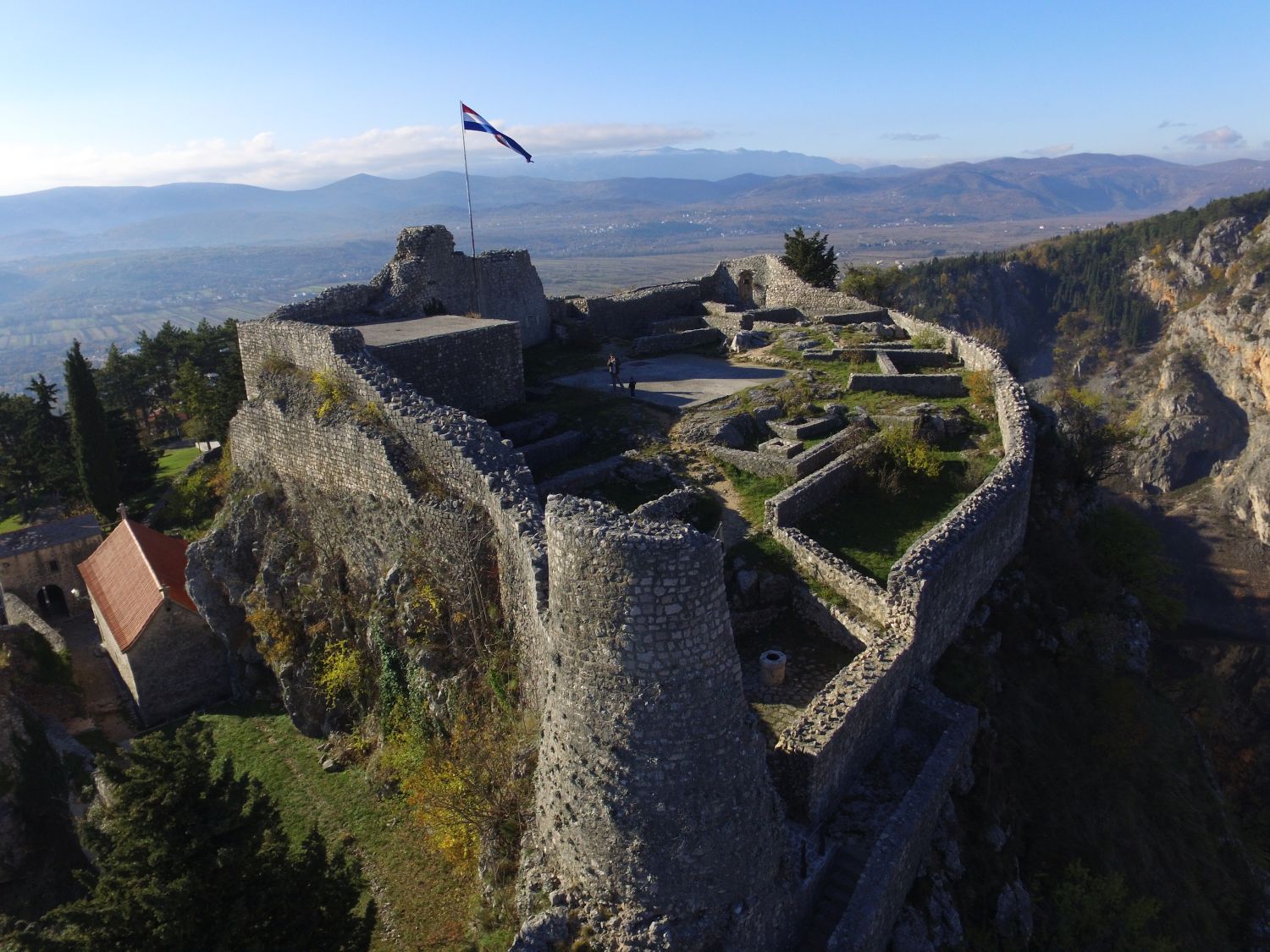
As stated, the importance of Our Lady of Angels in Imotski lies in the fact this is the day when Imotski was liberated from the Ottomans in 1717. The lower part of the fortress was a place for a votive church dedicated to the Lady of Angels. The painting which was kept there (80x60cm) is now located in the Franciscian church and was painted by an unknown artist. The people of Imotski believe the Our Lady helped them in saving the town of Imotski from the Ottomans.
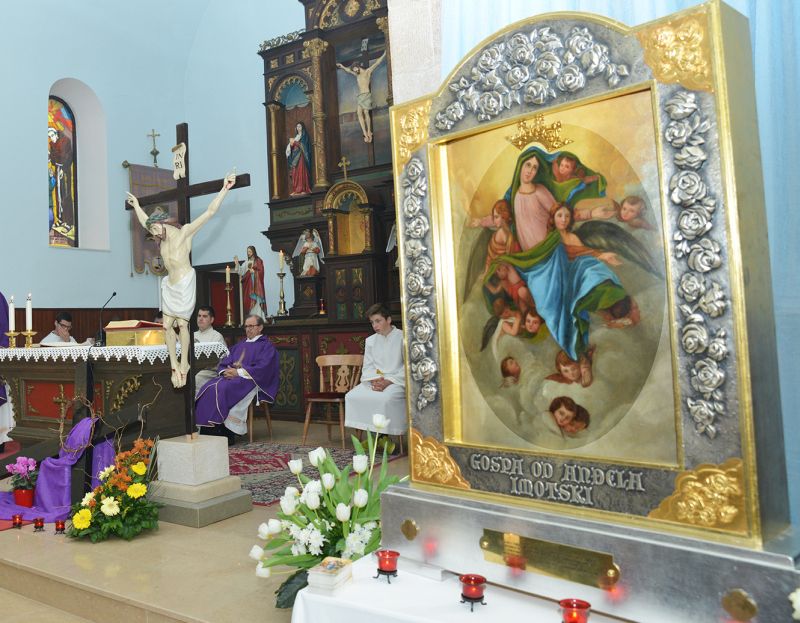
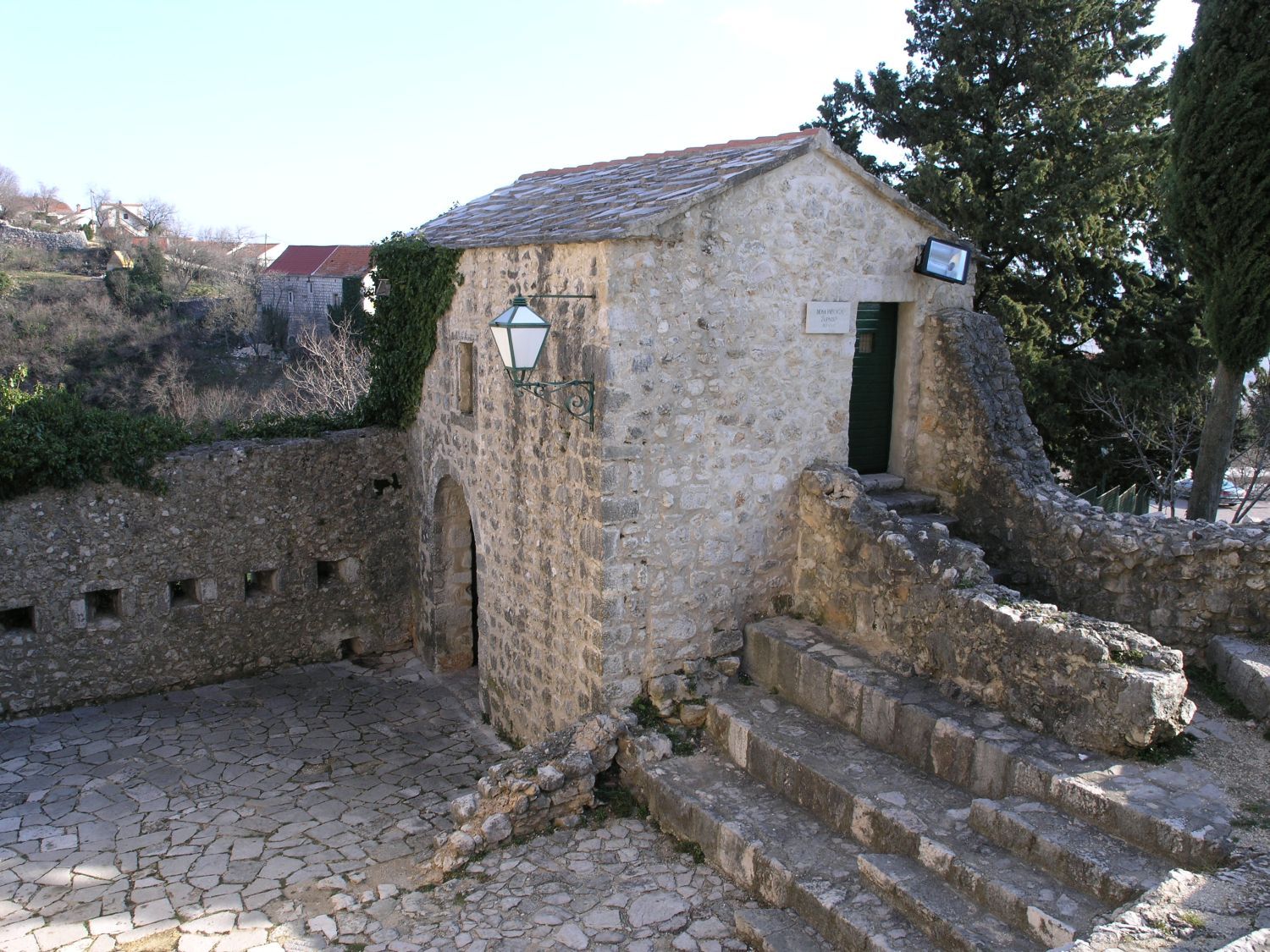
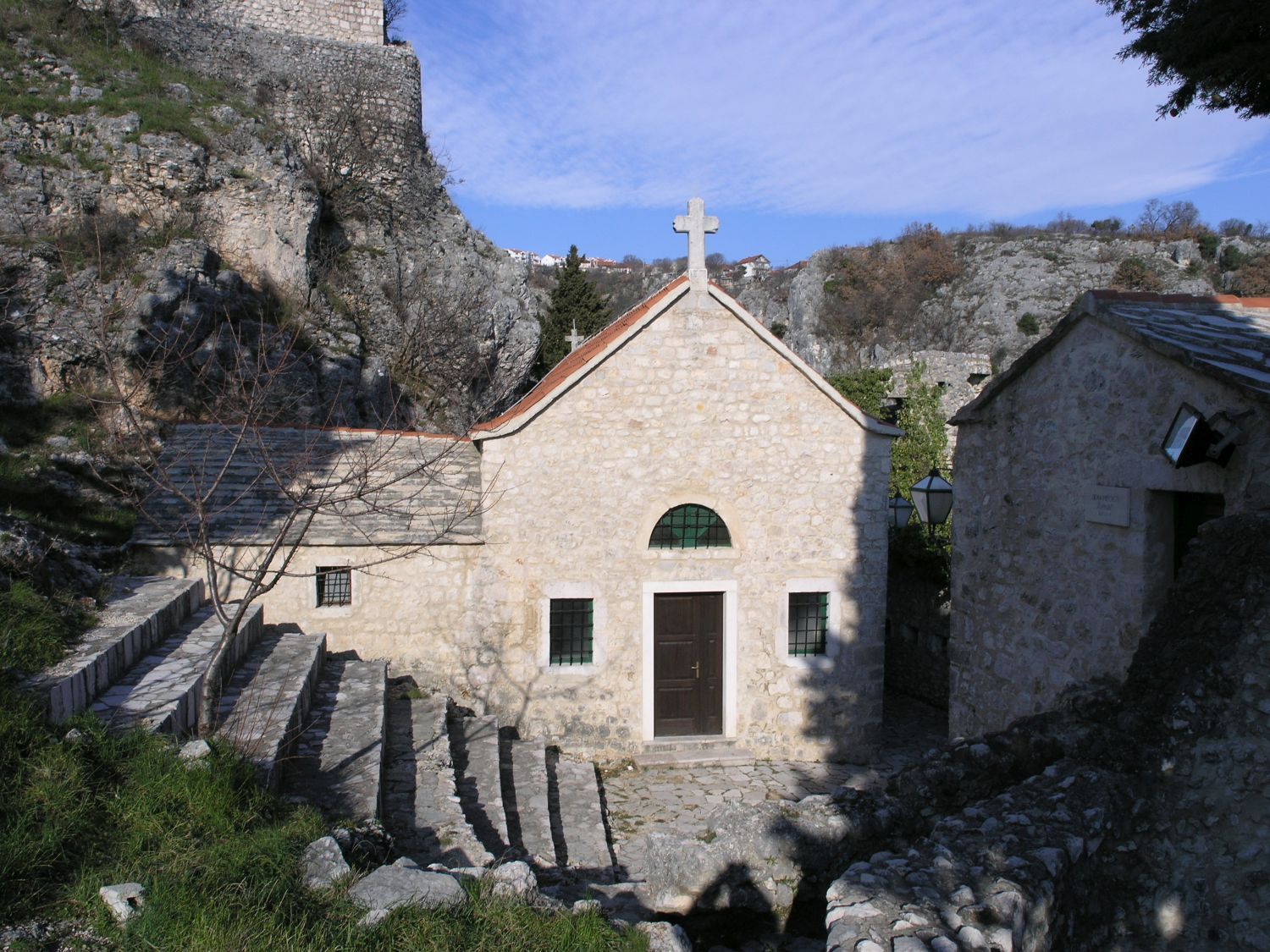
Each year there is a procession and a mass to honour the patron saint of the town. Along with liturgical traditions there are many traditional costumes that are celebrated and presented, some of which were described in our own article about Imotski.
This year, in order to prepare for big holiday, Topana fortress is being reconstructed – the votive church of Our Lady of Angels is reconstructed; the fortress will receive new lights and be cleaned up. Imotski, as an up and coming tourist destination, has a lot of events during the summer. Naturally, the special event of 300 years of the town has whole range of events and activities with the central part of the celebrations happening on the 2nd of August.
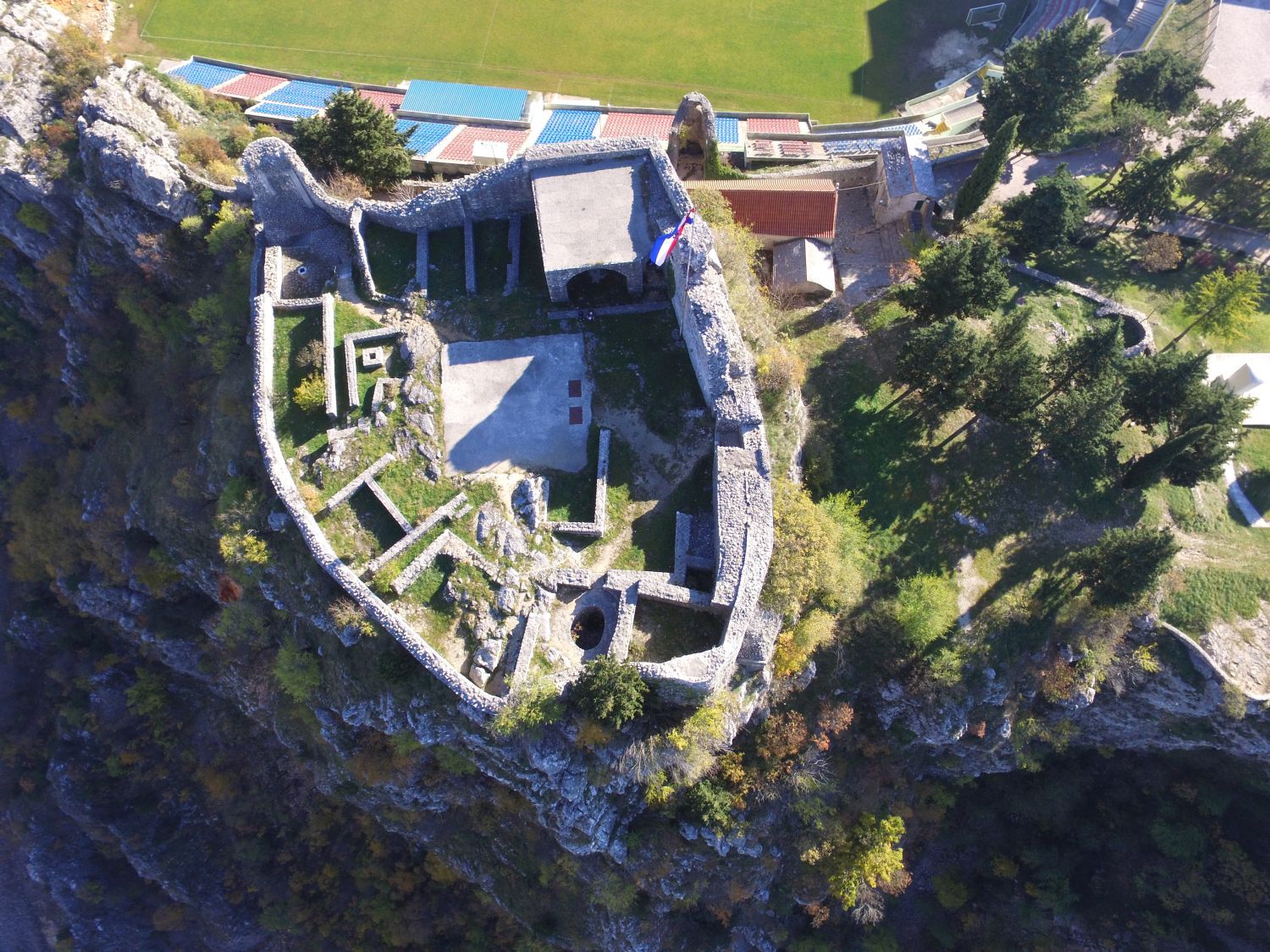
You can check them out on Tourist Board of Imotski Facebook page.
SOURCE: Imotski Svitnjak, Tourist Board Imotski, Jagul Wine Cellar









